Community media keeps outpacing mainstream media
After not one but two challenging pandemic years, we’ve learned that media makers embedded in their communities have been leading the journalism game in the U.S. during this time of uncertainty — particularly when it comes to producing work that serves the public and satisfies its immediate information needs.
Just look at some of the findings in research conducted by CUNY’s Newmark Journalism School’s Center for Community Media in the past 18 months:
An October report that looked at Black media coverage during the COVID-19 pandemic and the nationwide protests against racial injustice says these community outlets publish as much as six times more coverage than mainstream media on issues of importance to Black communities, including racism, health disparities, and voting access. It also mentioned how Black media provides historical context to present-day challenges, connects news events to wider issues of injustice — such as policing to mass incarceration — and how it centers the people in its coverage, humanizing individuals and groups in the news.
In the Asian Media on the Front Lines report, the CCM noted how in-language reporting and relationships in the communities helped media makers achieve impact and intimacy when reporting for and about Asian Americans and Pacific Islanders — the country’s most linguistically diverse and fastest-growing population. These skills were especially helpful when covering crises of the pandemic, hate crimes, political polarization, and disinformation. The report, published in May, also mentioned how these media makers have kept their communities informed through military coups, natural disasters, and COVID-19 surges in countries of origin while connecting them to local resources on immigration, education, healthcare, and more during the course of a year.
And a year-long study about digital media serving immigrant populations looked at how these outlets have become unique sources of information to diverse communities by telling stories rarely covered by the mainstream media. The June 2020 report explained how tireless journalists have been using social media and other platforms to open direct lines of communication — to listen to their audience’s questions and complaints while providing them with critical information and support on a daily basis. It also mentioned how the financial pressures created by the pandemic have pushed the already resource-deprived outlets into overdrive.
During these times of crisis, community media has been the main source of news and information for marginalized groups in the U.S. Their connections to people’s realities and nuanced engagement tactics have paid off well in their efforts to deliver high-impact public service journalism. Despite the challenges they face in terms of resources, community media has been serving these groups far better than mainstream media has — which drives us to question which media is “mainstream” to who in these ecosystems and news cycles.
While legacy media has dealt with the worst of the cultural and racial reckoning of newsrooms, for community media makers, their people’s expertise, storytelling, and journalism took center stage during a time that will stand with us for generations.
In 2022, these media makers should obtain long overdue recognition for their trailblazing work and become largely respected sources of news, knowledge, and expertise, especially for their nuanced, community journalism. Legacy media should evaluate its role in American journalism and start by giving merit to community media makers and highlighting their work in allyship.
Media funders, donors, and sponsors will shift their standards and priorities to support first the less established media makers, who aspire to more person-to-person impact than changes in the legislation. Legacy media will open up to media collaborations and partnerships led by community journalists, with the community’s input.
Community media makers should organize themselves to strengthen their skills and build social capital. Legacy media will hire specialized journalists to engage with communities at their levels and realities — to reshape newsroom narratives and develop strategies that go beyond telling stories about Black, Indigenous, and immigrant communities that lack nuance and are oblivious to the small details that matter to people.
We will see more learning opportunities for media makers within the communities to master innovation, financial sustainability, and branding, plus more training for journalists on better listening to people’s issues and interests. Legacy media should build on the internal structures and policies needed for engagement liaisons and community-centered journalists to flourish.
The year 2022 will further propel the movement that ignited the new U.S. American mainstream — one that will be organically diverse, increasingly inclusive, and factually equitable for generations to come. It’s the year when the transformation continues, as all journalists will hold the powerful to account while delivering purposeful storytelling — one that builds a sense of belonging and uplift the communities in this complex, interconnected world.
Jesenia De Moya Correa is a journalist at The Philadelphia Inquirer.
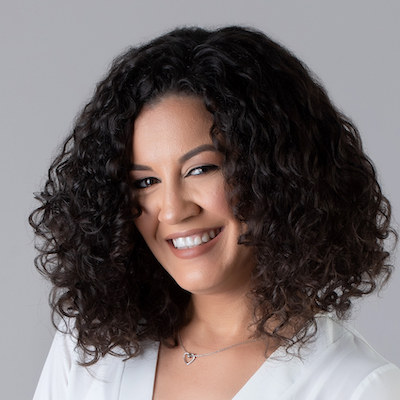
After not one but two challenging pandemic years, we’ve learned that media makers embedded in their communities have been leading the journalism game in the U.S. during this time of uncertainty — particularly when it comes to producing work that serves the public and satisfies its immediate information needs.
Just look at some of the findings in research conducted by CUNY’s Newmark Journalism School’s Center for Community Media in the past 18 months:
An October report that looked at Black media coverage during the COVID-19 pandemic and the nationwide protests against racial injustice says these community outlets publish as much as six times more coverage than mainstream media on issues of importance to Black communities, including racism, health disparities, and voting access. It also mentioned how Black media provides historical context to present-day challenges, connects news events to wider issues of injustice — such as policing to mass incarceration — and how it centers the people in its coverage, humanizing individuals and groups in the news.
In the Asian Media on the Front Lines report, the CCM noted how in-language reporting and relationships in the communities helped media makers achieve impact and intimacy when reporting for and about Asian Americans and Pacific Islanders — the country’s most linguistically diverse and fastest-growing population. These skills were especially helpful when covering crises of the pandemic, hate crimes, political polarization, and disinformation. The report, published in May, also mentioned how these media makers have kept their communities informed through military coups, natural disasters, and COVID-19 surges in countries of origin while connecting them to local resources on immigration, education, healthcare, and more during the course of a year.
And a year-long study about digital media serving immigrant populations looked at how these outlets have become unique sources of information to diverse communities by telling stories rarely covered by the mainstream media. The June 2020 report explained how tireless journalists have been using social media and other platforms to open direct lines of communication — to listen to their audience’s questions and complaints while providing them with critical information and support on a daily basis. It also mentioned how the financial pressures created by the pandemic have pushed the already resource-deprived outlets into overdrive.
During these times of crisis, community media has been the main source of news and information for marginalized groups in the U.S. Their connections to people’s realities and nuanced engagement tactics have paid off well in their efforts to deliver high-impact public service journalism. Despite the challenges they face in terms of resources, community media has been serving these groups far better than mainstream media has — which drives us to question which media is “mainstream” to who in these ecosystems and news cycles.
While legacy media has dealt with the worst of the cultural and racial reckoning of newsrooms, for community media makers, their people’s expertise, storytelling, and journalism took center stage during a time that will stand with us for generations.
In 2022, these media makers should obtain long overdue recognition for their trailblazing work and become largely respected sources of news, knowledge, and expertise, especially for their nuanced, community journalism. Legacy media should evaluate its role in American journalism and start by giving merit to community media makers and highlighting their work in allyship.
Media funders, donors, and sponsors will shift their standards and priorities to support first the less established media makers, who aspire to more person-to-person impact than changes in the legislation. Legacy media will open up to media collaborations and partnerships led by community journalists, with the community’s input.
Community media makers should organize themselves to strengthen their skills and build social capital. Legacy media will hire specialized journalists to engage with communities at their levels and realities — to reshape newsroom narratives and develop strategies that go beyond telling stories about Black, Indigenous, and immigrant communities that lack nuance and are oblivious to the small details that matter to people.
We will see more learning opportunities for media makers within the communities to master innovation, financial sustainability, and branding, plus more training for journalists on better listening to people’s issues and interests. Legacy media should build on the internal structures and policies needed for engagement liaisons and community-centered journalists to flourish.
The year 2022 will further propel the movement that ignited the new U.S. American mainstream — one that will be organically diverse, increasingly inclusive, and factually equitable for generations to come. It’s the year when the transformation continues, as all journalists will hold the powerful to account while delivering purposeful storytelling — one that builds a sense of belonging and uplift the communities in this complex, interconnected world.
Jesenia De Moya Correa is a journalist at The Philadelphia Inquirer.
James Green

Doris Truong

Alice Antheaume

Joy Mayer

Matt DeRienzo

Megan McCarthy

Jesse Holcomb

Victor Pickard

Mandy Jenkins

Shalabh Upadhyay

Robert Hernandez
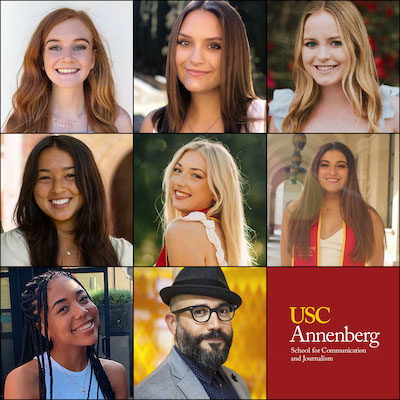
Julia Angwin

Millie Tran

Anita Varma

Jim Friedlich

Gabe Schneider

Ariel Zirulnick

Joni Deutsch

Meena Thiruvengadam
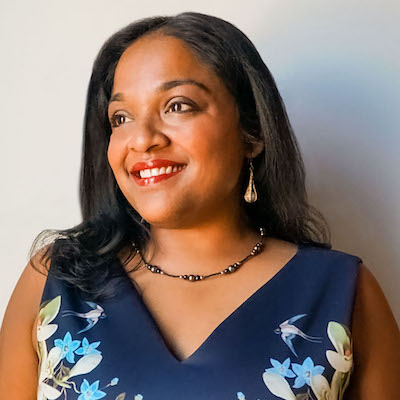
Chicas Poderosas

Mike Rispoli

Matthew Pressman

AX Mina

Juleyka Lantigua

Stefanie Murray

Joanne McNeil

Kristen Jeffers
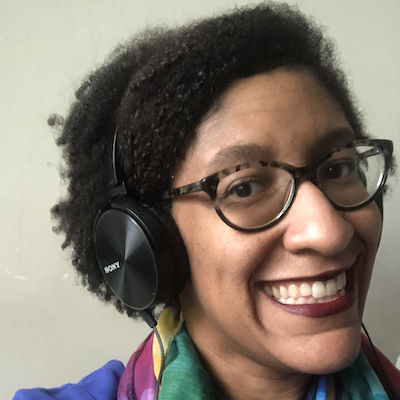
David Cohn

Natalia Viana

Nikki Usher

Moreno Cruz Osório

Kristen Muller

Simon Galperin

Errin Haines

Jesenia De Moya Correa

Joshua P. Darr

Wilson Liévano
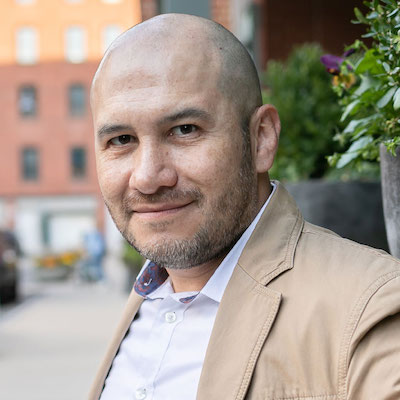
David Skok

Paul Cheung

Mary Walter-Brown

Chase Davis

Burt Herman

Kerri Hoffman
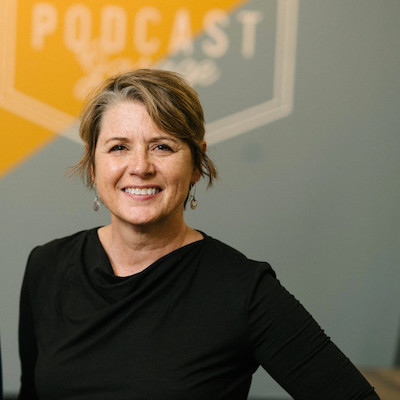
Anthony Nadler

Cherian George
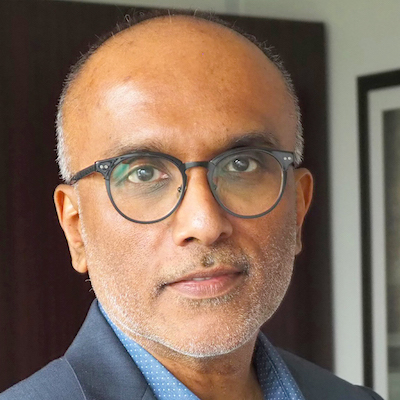
Stephen Fowler

Jonas Kaiser

Mario García
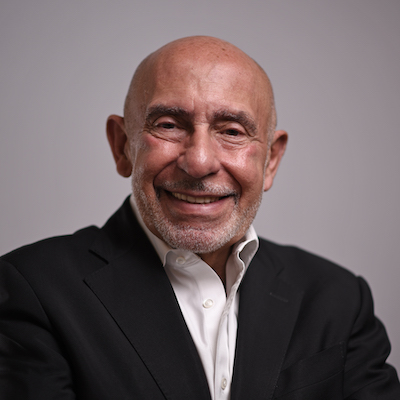
Laxmi Parthasarathy

Amara Aguilar

Jody Brannon

Andrew Freedman

Tom Trewinnard

Anika Anand

Michael W. Wagner

Tony Baranowski

Don Day

Tamar Charney

Christina Shih

Ståle Grut

Simon Allison

Christoph Mergerson
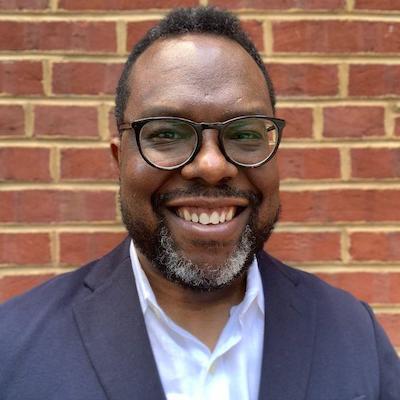
Jennifer Brandel

Sam Guzik

S. Mitra Kalita

Kendra Pierre-Louis

Zizi Papacharissi

Eric Nuzum

James Salanga

Francesco Zaffarano

Cindy Royal

Izabella Kaminska

Raney Aronson-Rath

Catalina Albeanu

Amy Schmitz Weiss

Sarah Stonbely

Richard Tofel

j. Siguru Wahutu
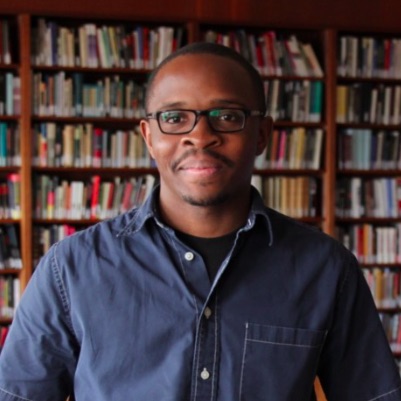
Rasmus Kleis Nielsen

Kathleen Searles Rebekah Trumble

Candace Amos
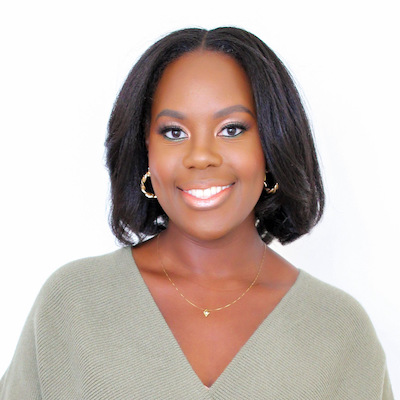
Parker Molloy

Gonzalo del Peon

Rachel Glickhouse

Joe Amditis

Larry Ryckman

Cristina Tardáguila

Julia Munslow

Daniel Eilemberg

John Davidow

Gordon Crovitz

Jessica Clark

Whitney Phillips

Shannon McGregor Carolyn Schmitt

A.J. Bauer

Jennifer Coogan

Matt Karolian

Brian Moritz

Sarah Marshall

Melody Kramer
